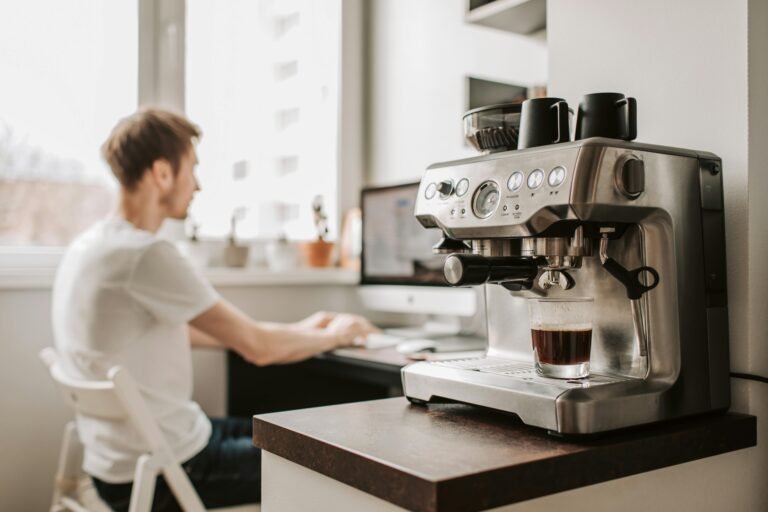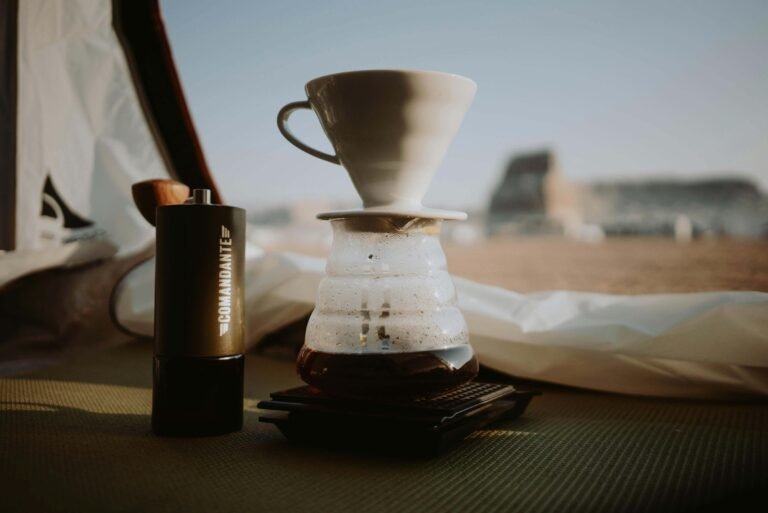We unravel the misconceptions surrounding what makes coffee strong, particularly the belief that it equates to higher caffeine content. We’ll explore the fascinating chemistry behind coffee roasting, the differences between Arabica and Robusta beans, and why flavor doesn’t always mean more caffeine.
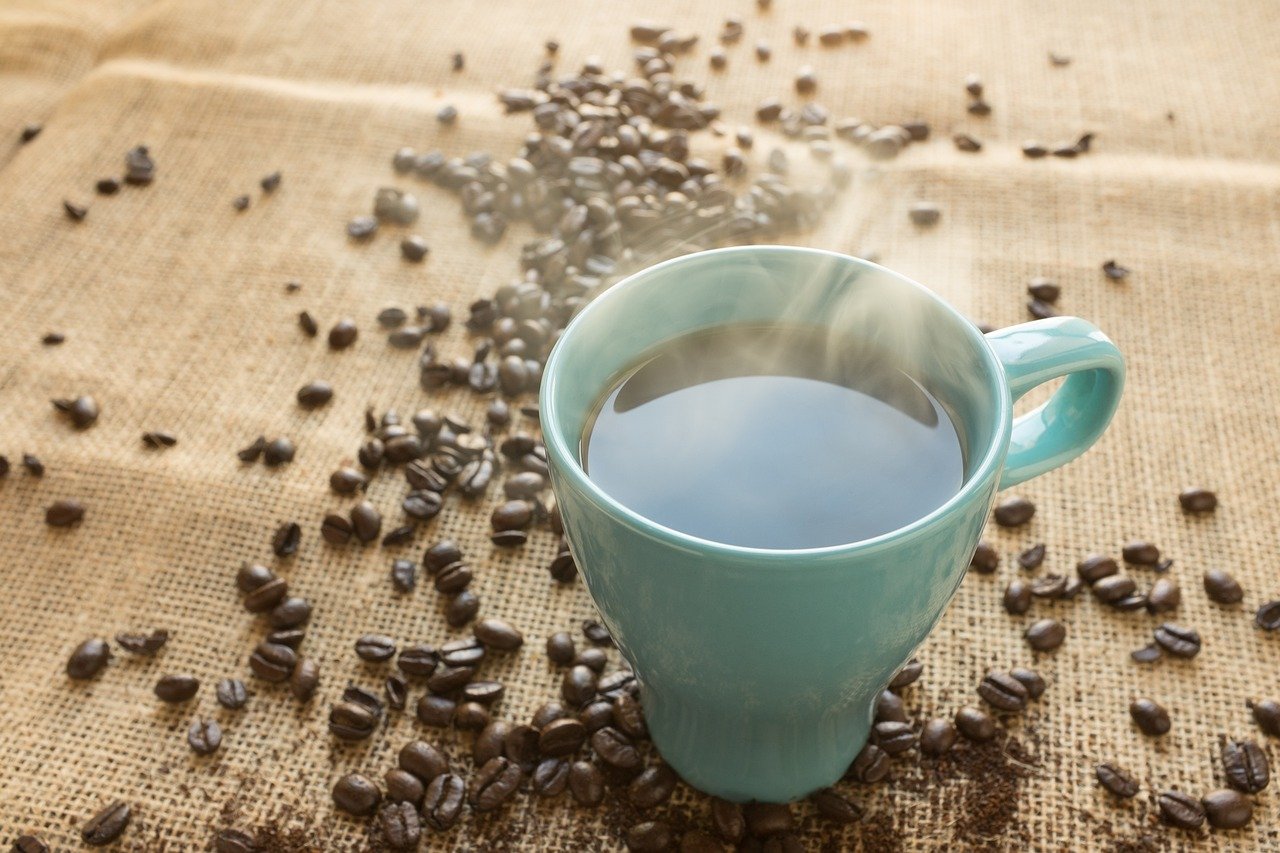
Understanding Strong Coffee: Beyond Caffeine Content
When you think of strong coffee, what comes to mind? Is it the bold flavor, the intense aroma, or perhaps the kick of caffeine for that get-up and go? In some parts of the world, they refer to this strong coffee as “gumboot coffee”. Now for those of you who are wondering what a gumboot is, it’s those chin-high rubber rain boots that you would wear on the farm. I believe this coffee is aptly named because it tastes like the coffee was brewed in an old rubber boot.
Let’s delve into what truly defines a “strong coffee” and how it relates to your brewing preferences.
Deciphering Roast Levels: Light, Medium, and Dark
Roasting plays a pivotal role in coffee’s flavor profile. Light roasts are acidic with pronounced floral and fruity notes, while dark roasts offer chocolate and nutty notes, but go too far to the dark side and you get a smoky, earthy, and burnt rubber taste. Contrary to popular belief, lighter roasts often have slightly more caffeine because the longer roasting time of dark roasts can degrade some caffeine molecules.
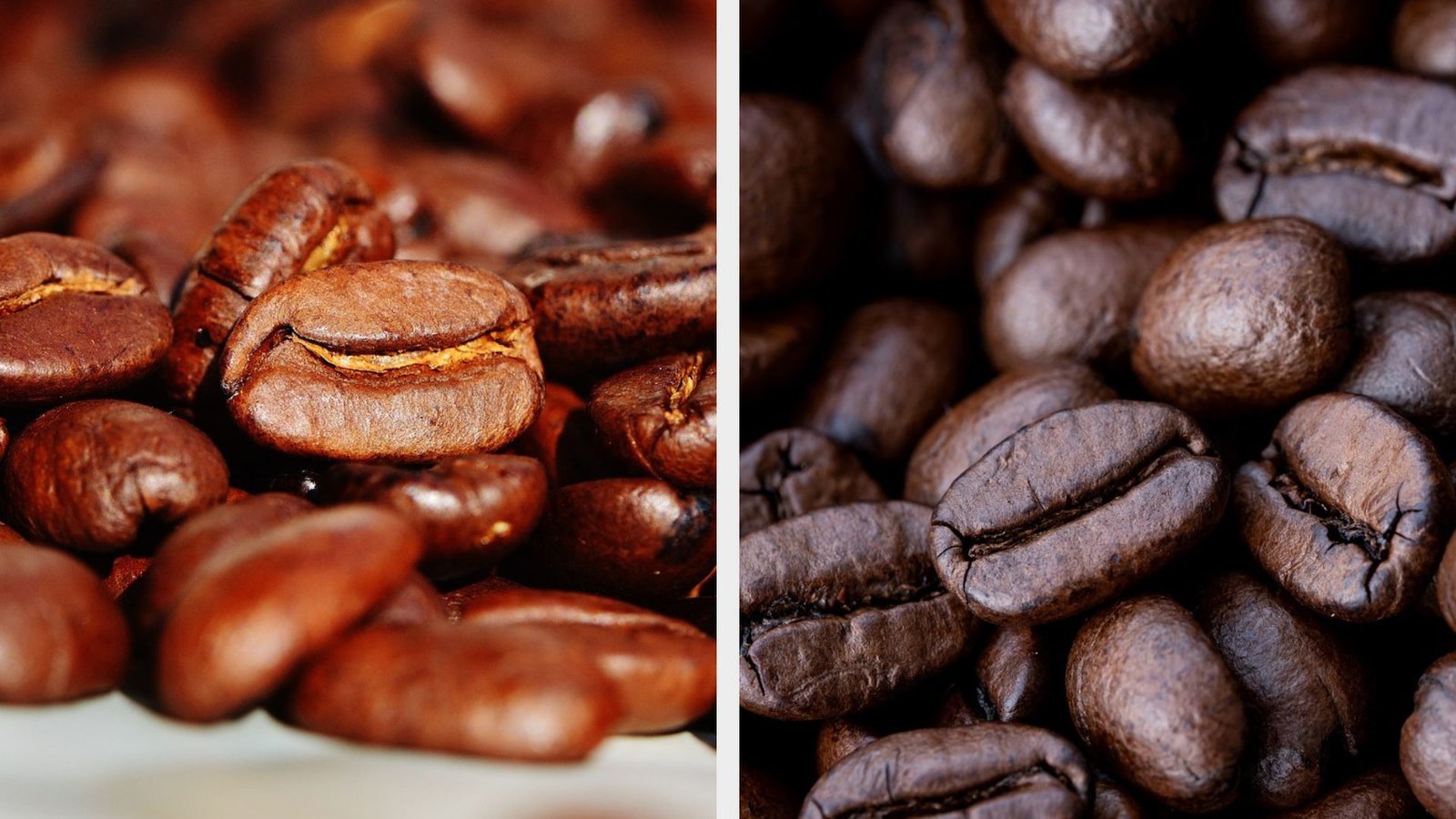
The Caffeine Conundrum: Flavor vs. Kick
Many coffee drinkers associate strong coffee with a higher caffeine content. However, the reality is more nuanced. Strong coffee doesn’t necessarily mean more caffeine. The level of caffeine is primarily determined by the type of bean rather than the roast darkness. There are many different types of coffee beans (in fact more than 100 types) but we will be focusing on Arabica and Robusta. The other names we hear for coffee beans are just other varieties of these two.
There is so much more to be said but to keep it short these two plants actually grow very differently and therefore have a different makeup. All you need to know now is that in general Robusta has 2-4 times the caffeine compared to Arabica.
Chances are if you are buying coffee from a cafe/roaster you are getting Arabica. Same with most cafes. Even Starbucks used 100% Arabica.
Robusta tends to be used as an instant coffee or as a filler for bulk producers. Robusta’s flavor may not be desirable but it is much cheaper.
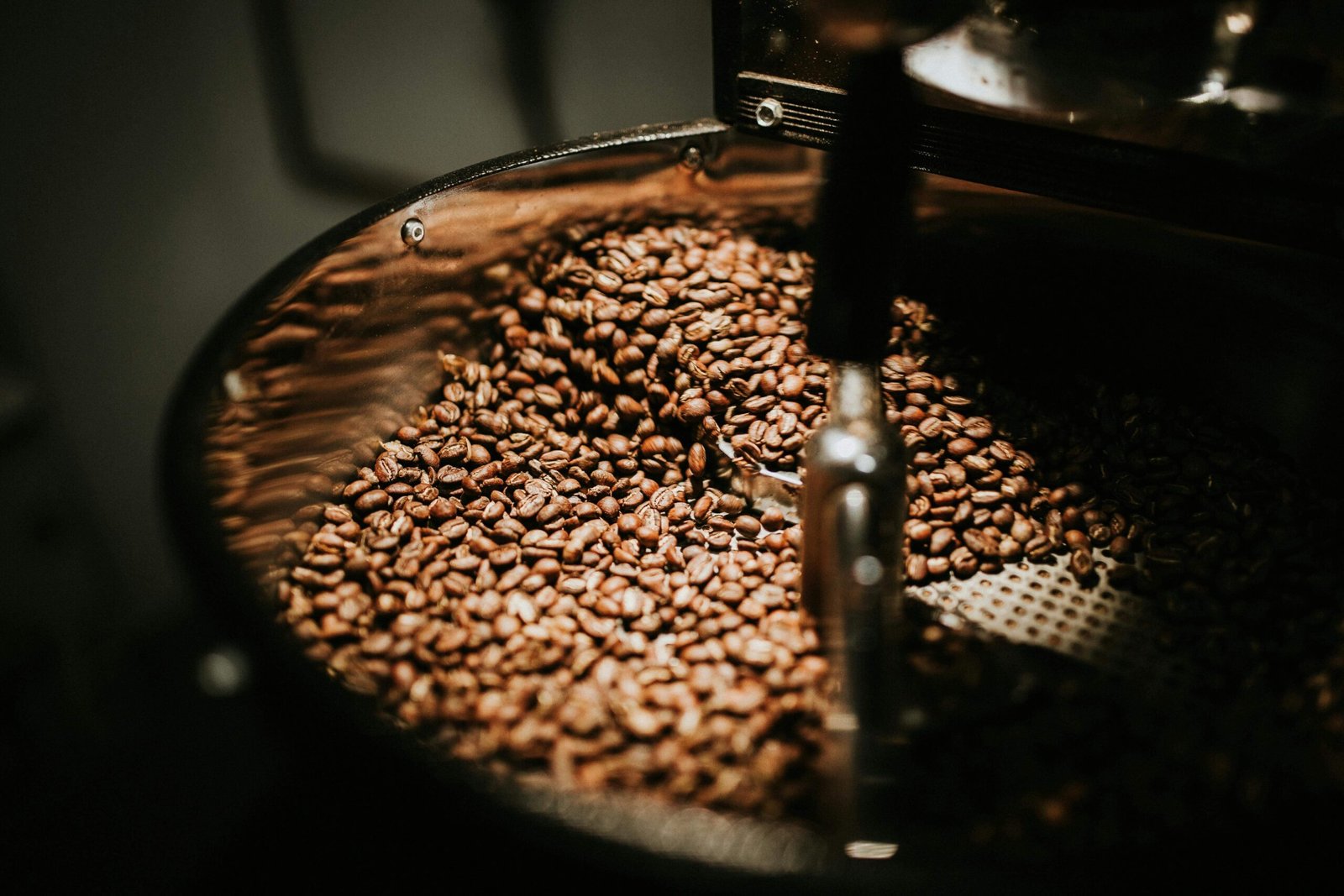
Chemical Reactions in Roasting: Arabica vs. Robusta
Arabica and Robusta beans undergo distinct chemical transformations during roasting. Arabica beans, known for their complex flavors, undergo Maillard reactions that develop sugars and acids, contributing to their nuanced profiles. Robusta beans, on the other hand, boast a higher caffeine content and a bitter, earthy flavor due to higher levels of chlorogenic acids and lipids.
In the image below is a snippet from a study done on Arabica vs Robusta coffee. The paper is full of information that I don’t fully understand yet but what is clear, except for one instance, the Robusta always had more caffeine after roasting.
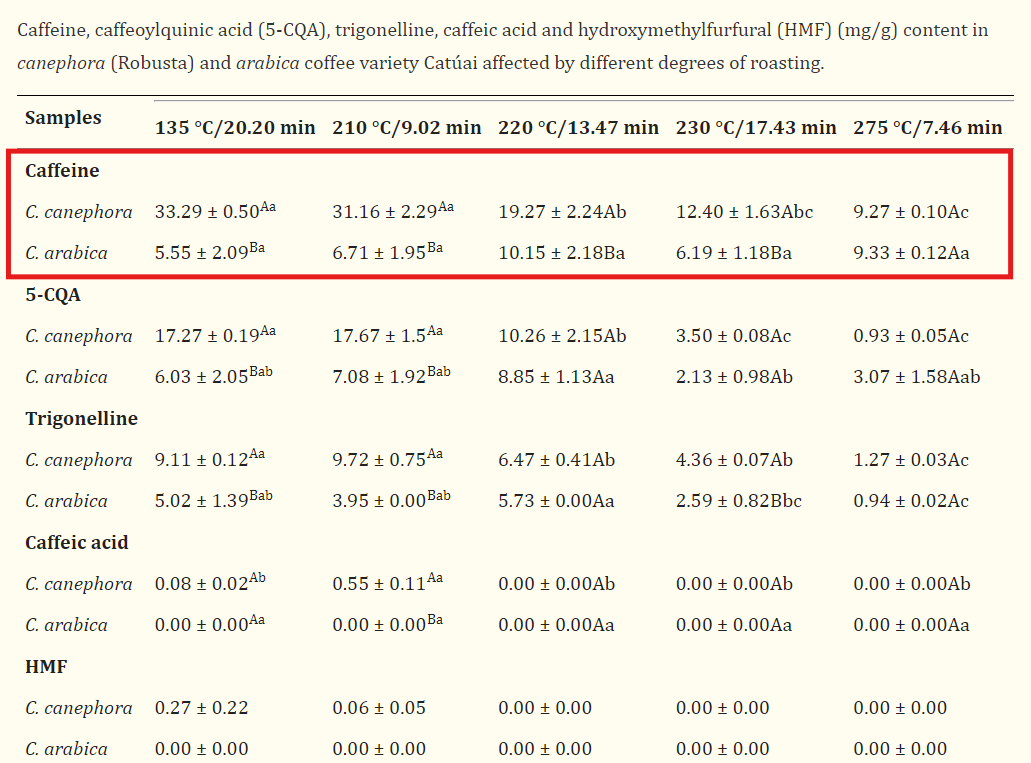
Mythbusting: Does Dark Roast Equal More Caffeine?
Despite the robust flavors of dark roasts, prolonged exposure to heat can actually degrade caffeine molecules. This paradox highlights that flavor intensity does not correlate with caffeine levels. It’s the bean type and brewing method that dictate caffeine content. As seen in the illustration above the roasting temperature and time seems to produce haphazard levels of caffeine. There is a note to be added, most roasters will vary their temperature to get the best flavor out of the bean for the brewing process they intend it for. Very, very rarely is the caffeine quantities measured after a roast.
Brewing Methods: Maximizing Flavor and Strength
Whether you prefer a French press, espresso machine, or pour-over, your brewing method affects the extraction of coffee compounds. Understanding the right grind size, water temperature, and brew time allows you to tailor the strength and flavor to your liking. The extra caffeine you extract from your coffee by leaving it in the brew longer is probably not worth the sacrifice of the flavor.
We could look at the surface area of coffee grounds and how it directly impacts extraction. Finely ground coffee exposes more surface area, yielding a stronger/concentrated brew. It is usually used for espresso with an average extraction time of 30-sec. Conversely, coarser grinds extract less, resulting in a milder flavor profile and mouthfeel. This is usually used in your pour-over or Aeropress with an extraction time of 2-4min. Which brew procures more kick is probably not the right question. I’d ask which coffee you like drinking more?
The Science of Caffeine: Why Do We Crave That Tasty Cup
Caffeine, a natural stimulant found in more than just coffee beans, it also enhances alertness, and focus and increases heart rate to improve cognitive function.
While moderate coffee consumption offers potential health benefits such as reduced risk of certain diseases and improved mental acuity, excessive intake can lead to jitteriness, disrupted sleep patterns, and more. Balance is key to enjoying coffee’s perks without adverse effects.

Exploring Flavor Profiles: From Citrusy to Chocolatey
“Strong Coffee: The Big Misunderstanding”. If you find yourself reaching for a cup of joe to wake you up but think the light fruity flavors won’t do the trick, I hope I have convinced you otherwise. Coffee’s flavor diversity is so wide, after all, it is the seed of a fruit — from citrusy Ethiopian Yirgacheffe to chocolatey Guatemalan. Exploring different origins and tasting notes enhances your appreciation of coffee’s complexity.
Huge public announcement!! Now if you like to drink strong coffee that has smoky, earthy, bitter, or astringent flavors then keep drinking that coffee. After all, if we don’t drink coffee the way we like it then how can I tell myself “Had coffee. Good day.”
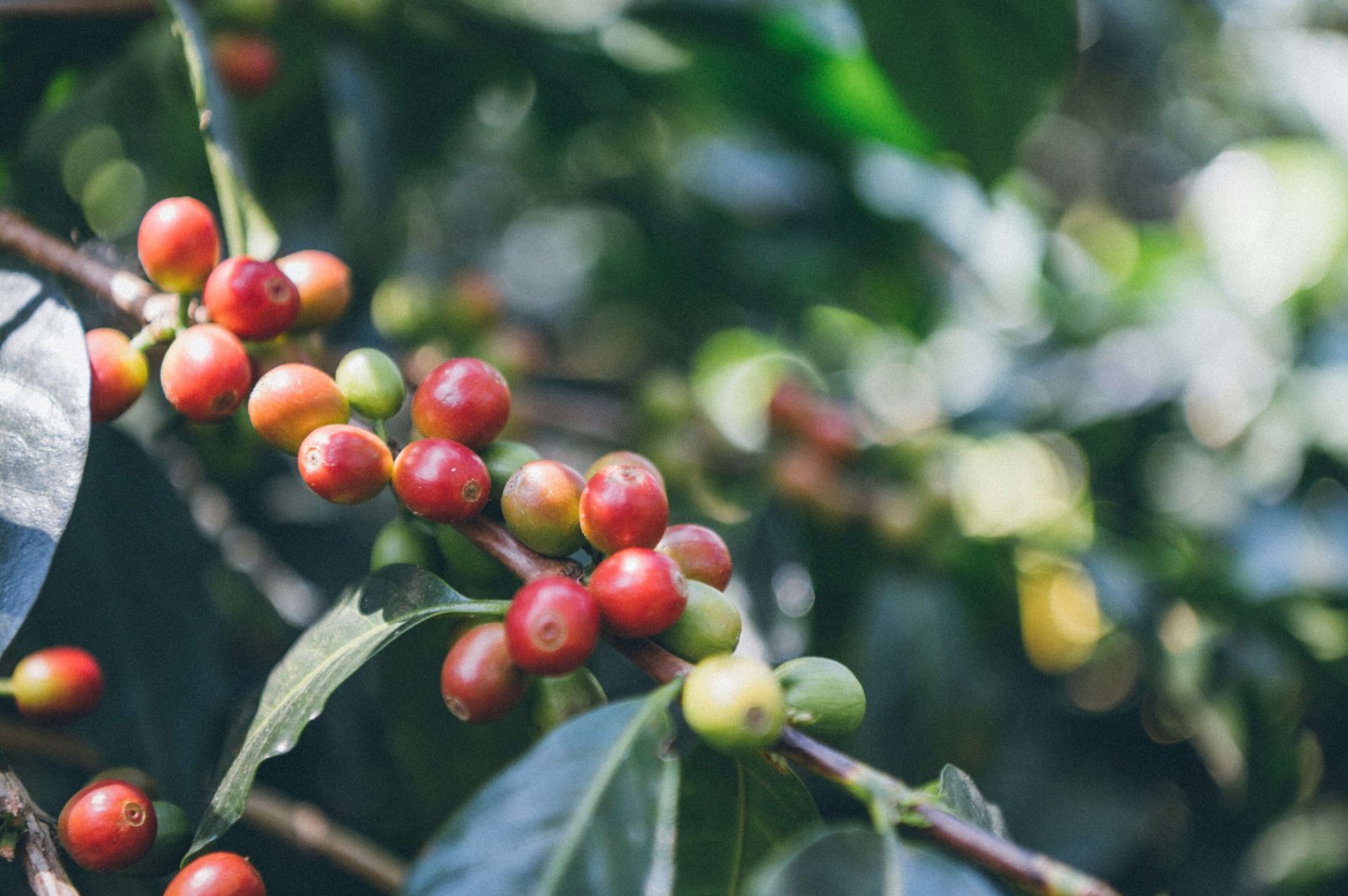
Frequently Asked Questions (FAQs)
- Does darker roast coffee have more caffeine than lighter roasts?
- No, darker roasts often have slightly less caffeine due to longer roasting times.
- What’s the difference between Arabica and Robusta beans in terms of caffeine content?
- Robusta beans generally contain more caffeine than Arabica beans. But Arabica has more desirable flavors.
- How can I make my coffee stronger without increasing caffeine content?
- Adjust your brewing method, grind size, and water-to-coffee ratio for a bolder flavor. Use finer grinds and/or longer extraction times.
- Are there health benefits to drinking strong coffee?
- Like with all coffee, moderate consumption of coffee has been associated with various health benefits, but excessive intake should be avoided.
- Where can I find Robusta coffee?
- It’s surprisingly tricky to find, but ask your cafe/roaster or best to shop online. Some farms are finding ways to grow and harvest great-tasting Robusta.



